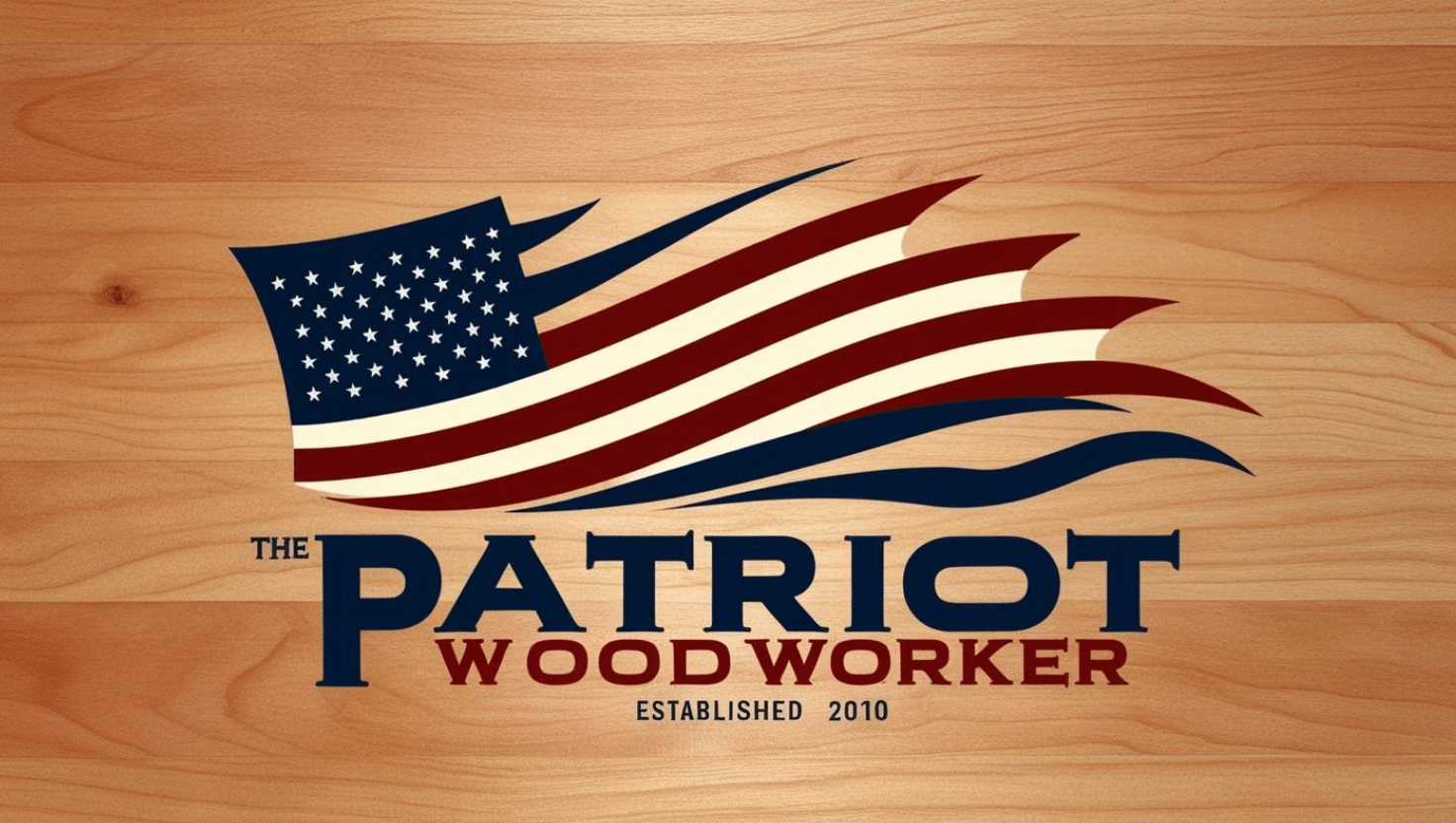Search the Community
Showing results for tags 'sheila landry'.
-
As mentioned before, the tips and tricks we mention here are personal choices and not gospel. We all have our particular ways of doing things that work for us. There are NO absolutes in scrolling. Sorry to have taken so long in getting the next Tips and Tricks our, folks. Life got in the way. Anyway, there has been some interest in how to make self-framing projects. This type of project is the art of using one piece of wood for both the picture AND the frame. For the demo, I have chosen a Sheila Landry design for the project. Without going into all the basics of choosing the wood, sanding, prep work, affixing the pattern, assume we have already done it. (Because this is a purchased pattern, I will not include all of the pattern here.) What I want you to notice is the "X" marked on the pattern and marked "Drill Entry Hole Here" Why there, you ask???? That is the point that we will start making our frame. The figure in the middle is going to be recessed by 1/4 to 3/8" around this line. Outside of this line will be the frame. When we make self-framing projects, we don't want any light to shine through our framing cut AND we want to make sure that we have a good glue area. To accomplish this task, we will need to use a "bevel" technique. That simply means that we change the angle of the blade to the wood. With most of the saws, you will tilt the table to change the angle of the cut. With the Excalibur saw, you will change the angle of the cutting head. Depending on the size of the blade you use, you will change the angle from 2 to 5 degrees. I know that we are talking about very small changes - - - - soooooooooooooooooooooo - - - - - the image below is that of a protractor. Feel free to copy this image or download your own by searching "protractor image" in your favorite search engine. When printing this image you change its size to suit. After printing, I glued mine onto scrap, and cut the outside. Be certain that the bottom of the image is flush with the bottom of your scrap. The next step that I personally recommend is to use a piece of scrap and cut some test areas as shown below. I label each area with the amount of angle on the blade. Also notice that I labeled the size of the blade. (OK, I mislabeled the #3 blade as #4). This seems to help me choose the amount of angle and size of blade by actually showing me how far the cut piece will move. The next step will be to drill the entry hole. Choose the smallest drill bit that you can for this entry hole as it will probably be seen (more on this later). Now - there are some differences of opinion in this step. some say that you can drill the hole at 90 degrees - in other words straight down - other say that you must drill the hold on your chosen angle. Try it both ways and see which way works best for you. Ready for the next step? Notice that nothing has been said yet about any cutting on the pattern itself. We will do that in a little while. OK - tilt your saw to the chosen angle of cut. At this point, it doesn't really make any difference which direction (if you saw will tilt both ways). Thread the blade through the hole and tighten the tension. I have a habit of a little over-tightening at this point because I don't want the blade to wander. NOW to decide which direction to cut. You are going to want the outside (frame) to fall out the bottom of the piece. This will eventually make the center piece depressed into the frame and the frame proud. When you are satisfied you are cutting in the right direction, do so. Slow and steady will make a great even cut. When you are finished, test fit the center by inserting it into the frame from the top. It should be something like the picture below. If all looks good, go ahead and glue the pieces together. Allow at least 8 hours to dry. After you are sure the pieces are cured, it's time for the next step. Using a carrier board, it is time to plane the back side. This step is not mandatory but I like to use it - makes for a more finished piece on the back side. (Shown in the picture below) Another thing that I will do at this time, because I have some nice firm wood to work with, is to route a 1/4" round-over around the inside of the frame. You can almost see that in the picture below OK - now it's time to cut out everything starting with the inside and working out to the frame. Below is what I ended up with. Notice that I also put a 1/4" round-over around the entire frame. Whatcha think, folks - ready to try "Self-Framing" projects..? ? ? ? ? ? Let's have some discussion here. Give it a try and post your results. And thanks for your participation.
- 16 replies
-
- sheila landry
- frame
-
(and 1 more)
Tagged with:
-
Sleigh bodies are 3/4" maple. Runners I cut down to 1/4" thick & nailed (2) pieces together to save some cut time. I'll cut the runners first then stain them, that will give them time to dry while I cut out the bodies. Ten different sleighs patterns & a total of 18 to cut. The wide board measures 6"x19" and has 12 sleigh bodies.








